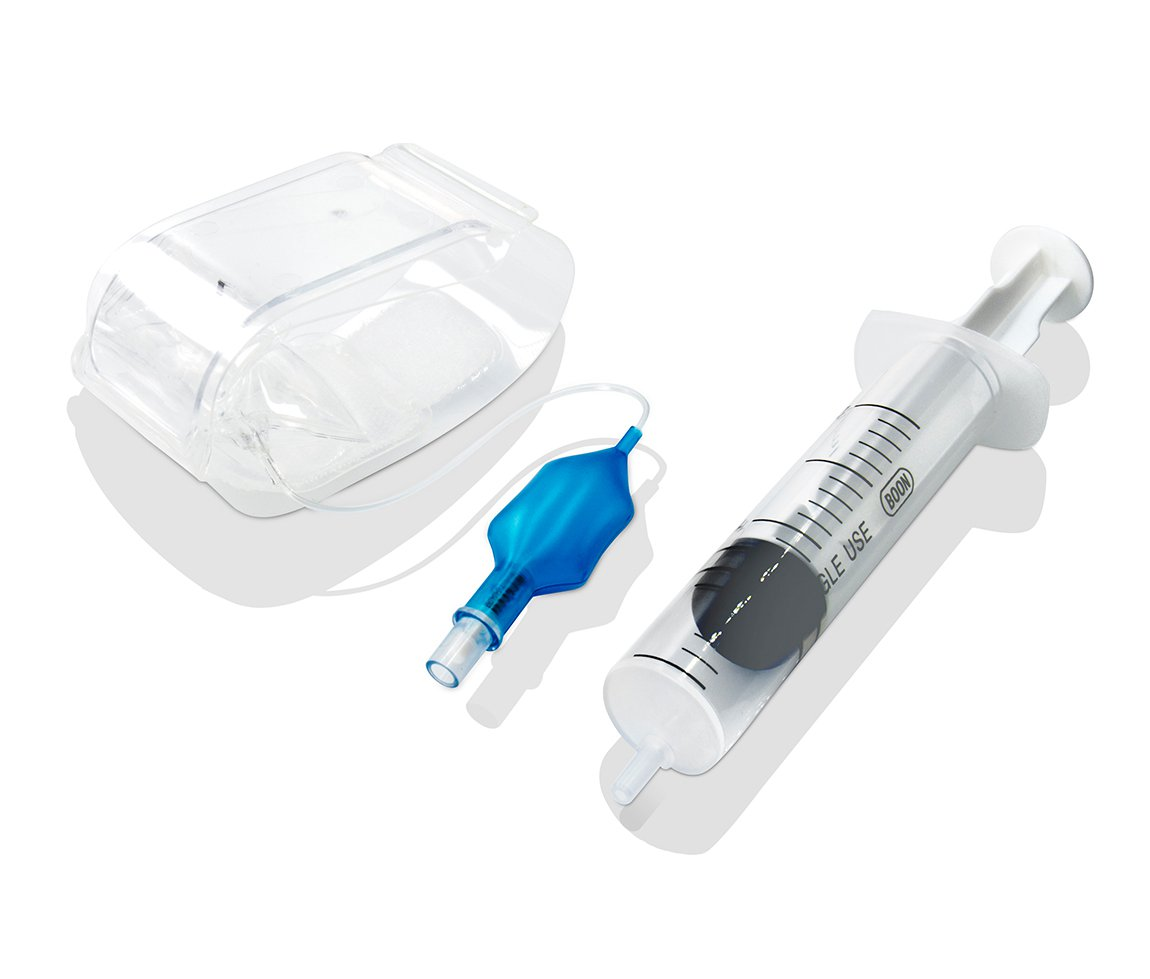We'd Love to Hear From You
Curious about product features, price quote, registration, delivery time, etc? We're ready to answer any and all questions within one business day.
Our specialty at SCW Medicath is supplying medical facilities worldwide with a broad variety of medical products. High-quality pressure bandages made for the best possible patient care are part of our product line. The subject "how long should a pressure bandage stay on?" frequently comes up among medical experts. This article highlights the importance of pressure bandages in efficient wound care while elucidating the proper time frame for applying them.

Pressure Bandages in Wound Care
Pressure bandages play a critical role in controlling bleeding and supporting the healing process. They are typically used in cases of traumatic injuries, surgical procedures, or any situation where consistent pressure is needed to stop bleeding. Understanding how long should a pressure bandage stay on is essential for ensuring the best outcomes for patients.
In general, the duration a pressure bandage should remain in place varies depending on the injury and the patient's individual response to treatment. In most cases, a pressure bandage can remain on for 24 to 48 hours but may need to be adjusted or removed sooner if bleeding continues or if there are signs of complications, such as swelling or discomfort.
Factors Influencing the Duration of Pressure Bandages
Several factors influence how long a pressure bandage should stay on, including the type of injury, the location, and the patient's overall health. For instance, deeper wounds or injuries involving large blood vessels may require the bandage to be left in place longer to ensure adequate compression and promote clot formation.
Additionally, monitoring the patient's response is crucial. If excessive bleeding or fluid accumulation occurs beneath the bandage, it may be necessary to change the dressing sooner than anticipated. At SCW Medicath, we provide resources and guidance to healthcare professionals to help them make informed decisions regarding the duration of pressure bandages based on these factors.
Best Practices for Using Pressure Bandages
To maximize the effectiveness of pressure bandages, following best practices is vital. First, ensure that the bandage is applied properly with adequate tension, as this will promote hemostasis while avoiding complications. Second, regularly check the bandage for signs of saturation or excessive pressure. These evaluations will help determine when and how long should a pressure bandage stay on.
Conclusion
In conclusion, knowing how long a pressure bandage should stay on is crucial for effective wound management. At SCW Medicath, we are committed to providing healthcare professionals with the necessary tools and knowledge to ensure patients receive the best care possible. By understanding the principles behind pressure bandages and their proper usage, we can contribute to improved patient outcomes and facilitate faster recoveries in various clinical settings.